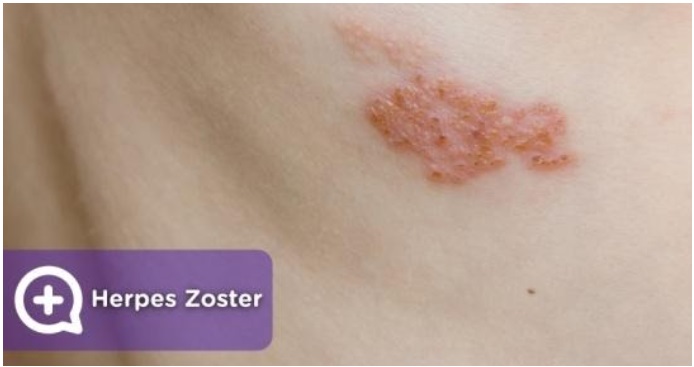- Home
- Blog

Covid 19 & Shingles (Herpes Zoster)
Shingles (herpes zoster) is an infection caused by the same virus (varicella-zoster virus) that causes chickenpox. Once you have chickenpox (usually in childhood), the virus always remains in the body silently. Later on sometimes the virus becomes active again. This time varicella-zoster virus makes its second appearance in the form of shingles as a painful rash or blisters on the particular area of skin.
People who have had chickenpox who are more likely to develop shingles include:
- - People with a weakened immune system
- - People over the age of 50.
- - People, who have been ill, experienced trauma, under stress.
There are many reports of increased shingles cases in the Covid 19 pandemic. The reason for the increase in number of cases could be due to the fact that Covid attacks the body’s immune system.
Someone with shingles can’t spread shingles to another person, but they can spread chickenpox to someone who is not immune to chicken pox. Virus spreads through direct skin-to-skin contact with the fluid that oozes from the blisters (rarely, by breathing in airborne varicella-zoster virus). If your rash is in the blister phase, stay away from those who haven’t had chickenpox or the chickenpox vaccine and keep your rash covered.
There are effective antiviral medicines available for the treatment of shingles. They are more effective when started within 72 hours of start of symptoms. After the shingles rash has disappeared, you might continue to have nerve pain in that same area. This pain, called post herpetic neuralgia, can sometimes last for a long time.
Immunity is the key to prevent Shingles. Ensure that your immunity power is good by eating nutritional food, getting enough rest and sleep. Control blood sugar. If thyroid state is abnormal, get it corrected. Chronic health issues need to be treated. If you develop a red painful rash with water filled blisters, contact your dermatologist immediately.
Dr. Ashutosh Shende MBBS, MD, DDV (Dermatologist)
